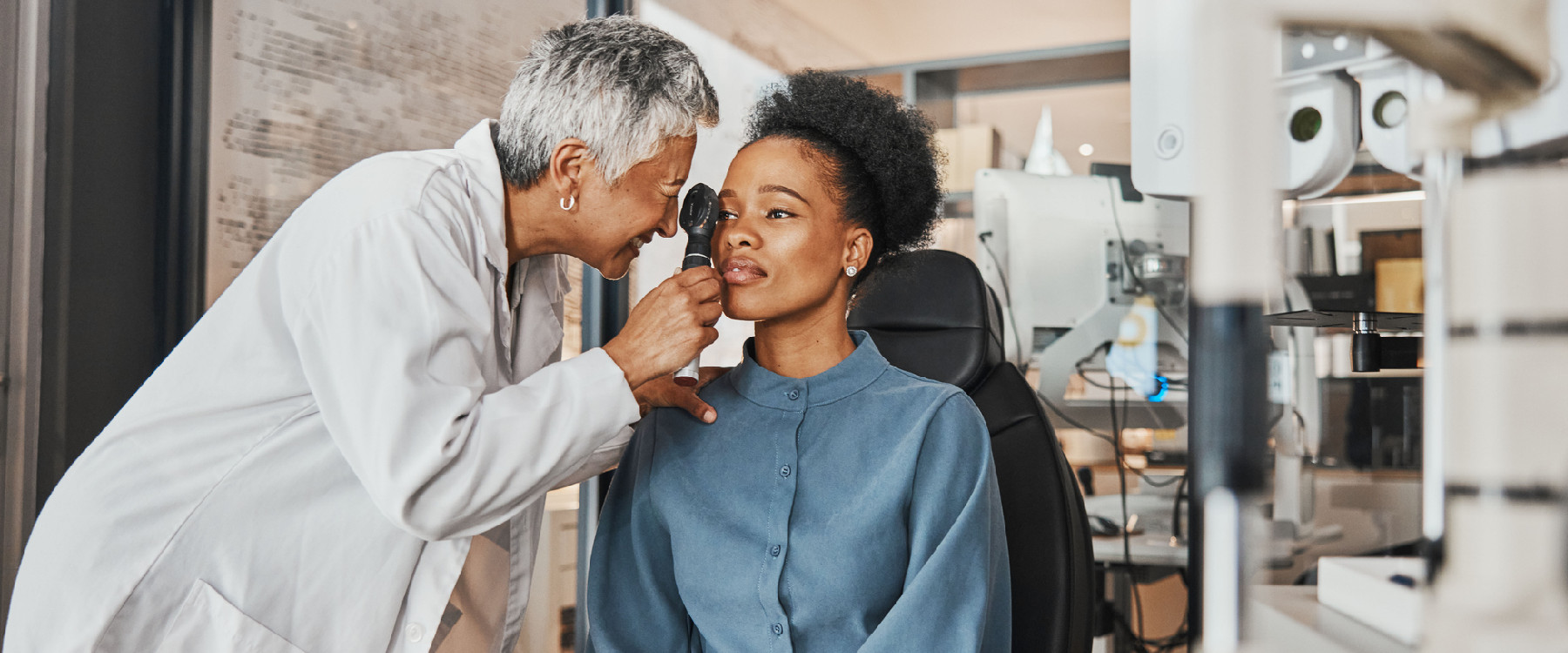Cornea & Anterior Segment

The cornea is the outermost part of your eye and extremely important for clear vision and overall eye health. The cornea is a transparent tissue that covers the front part of the eye, much like the watch crystal on your watch. It covers your iris, pupil and anterior chamber. The cornea’s job is complex: it protects your eye from foreign bodies like germs and dirt, and it also helps to shield the eye from excess ultraviolet rays. Moreover, it provides the eye with 66% of its natural focusing power to make images clear. That is why a healthy cornea is vital to your vision.
There are three main components of the cornea: an outside layer of called the epithelium, a middle layer called the stroma, and an inner layer called the endothelium. The epithelium provides an important protective barrier to infection. Damaged epithelium increases the risk of a corneal infection. The stroma is a strong layer and comprises most of the thickness of the cornea. The endothelium is the innermost layer of the cornea, and consists of a single layer of cells that act as a fluid pump. The endothelium’s pumping action helps maintain proper corneal fluid balance and keeps the cornea clear and transparent. If the endothelium doesn’t work properly, the cornea clouds and the sight becomes blurred. .
If the cornea becomes clouded to an extent the vision is damaged, a corneal transplant may be needed to recover sight.

